STEAMING!
By the same author
Microwave Cooking Times At A Glance!
The Combination Microwave Cook
Microwave Cooking Properly Explained
Microwave Recipes For One
The Blender Book
Uniform with this book
STEAMING!
WITH RECIPES
Annette Yates

Constable & Robinson Ltd
5556 Russell Square
London WC1B 4HP
www.constablerobinson.com
First published in the UK 2000
This edition published by Right Way, an imprint of
Constable & Robinson, 2008
Copyright Constable & Robinson 2008
All rights reserved. This book is sold subject to the condition that it shall not, by way of trade or otherwise, be lent, re-sold, hired out or otherwise circulated in any form of binding or cover other than that in which it is published and without a similar condition including this condition being imposed on the subsequent purchaser.
A copy of the British Library Cataloguing in Publication
Data is available from the British Library
ISBN: 978-0-7160-2202-2
eISBN: 978-0-7160-2348-7
Printed and bound in the EU
3 5 7 9 10 8 6 4 2
CONTENTS
ACKNOWLEDGEMENTS
My thanks go to:
TEFAL for supplying me with an electric steamer their Steam Cuisine 2000 Turbo Diffusion (their contact details appear on ).
Dr Sally-Ann Burnett at Canterbury Christ Church University College for answering, in laymans language, some of my queries about nutrient loss in steaming versus boiling.
My husband, Huw, and the rest of my family for their continued enthusiasm in eating the dishes I put in front of them and for giving their honest opinions.
Emma Thomas and Ted French for their excellent illustrations.
INTRODUCING STEAMING
Steaming is a tried-and-tested cooking technique that I am happy to use on a daily basis. As well as being easy, clean and economical, it can also be an asset to eating healthily.
To steam is to cook food in the steam or the vapour given off by boiling water. As a cooking method it can be traced back as far as Neolithic times, particularly in China where the steamer is one of the oldest cooking utensils. To this day, it is still a very popular cooking method in Chinese kitchens, where it is unusual to find an oven. Here in the UK, with the explosion of new cooking appliances and gadgets, steaming did perhaps lose a little of its popularity (though I know there will be many readers who have always made good use of their steamers). With all the advantages steaming has to offer, its current revival is well-deserved.
After all, steaming is a gentle, moist method of cooking that makes the food tender, retains its shape and texture and preserves its colour, all with little chance of the food overcooking. Food cooked in the steamer takes slightly longer to cook than if it were boiled so, with that greater margin for error, its easier to cook vegetables and fish, in particular, to just the right degree of tenderness without overdoing them.
Most of us know that steaming is ideal for cooking vegetables and fish (in school, I remember learning that steamed fish was highly suitable for babies, invalids and the elderly). How many of us, I wonder, would associate steaming with chicken, duck, beef, pork, lamb, rice, couscous, eggs and fruit? As you will discover in the recipes that follow, steaming is great for all these too.
In my tests, steaming has proved to be economical, with several foods cooking in the baskets of a steamer on one burner of the hob, or in the tiers of an electric steamer. This makes it ideal for a range of people and situations, including:
 Students and anyone on a limited budget;
Students and anyone on a limited budget;
 People who mostly cook for one or two, or those who need to cook small portions perhaps for children or for the elderly and a whole meal can be cooked in the steamer;
People who mostly cook for one or two, or those who need to cook small portions perhaps for children or for the elderly and a whole meal can be cooked in the steamer;
 Families and cooking for crowds for example, several vegetables can be cooked in one steamer;
Families and cooking for crowds for example, several vegetables can be cooked in one steamer;
 People who need to, or want to, eat food that is easily digestible and low in fat;
People who need to, or want to, eat food that is easily digestible and low in fat;
 Reheating food and keeping food hot for short periods.
Reheating food and keeping food hot for short periods.
There are few problems with flavour transfer from one food to another so, for instance, meat and vegetables can be cooked in the bottom tier while a dessert cooks in the upper tier. I also believe that the natural flavour of food remains more intense during steaming than, say, during boiling or poaching when more flavour is leached into the water. Because the food is cooked in a moist, steamy atmosphere, it is not likely to dry out and toughen.
Nutritionally, steaming can be beneficial too. Research has shown that steaming retains more of the water-soluble vitamins that are normally lost in boiling in particular, Vitamin C. Of course, in steaming (as in boiling) even fewer nutrients are lost if the juices that drip from the food are used in a sauce or gravy. Another obvious health advantage is that steamed food needs little or no fat to keep it moist or to help it to cook.
Finally, let me stress that this is not a book about health. It is a book on steaming that, I hope, balances healthy, low-fat recipes alongside good, old-fashioned puddings in fact, all the things that a steamer cooks best. Creating this wide variety of recipes has been the most enjoyable task and has proved just how versatile steaming can be.
Happy steaming!
Annette Yates
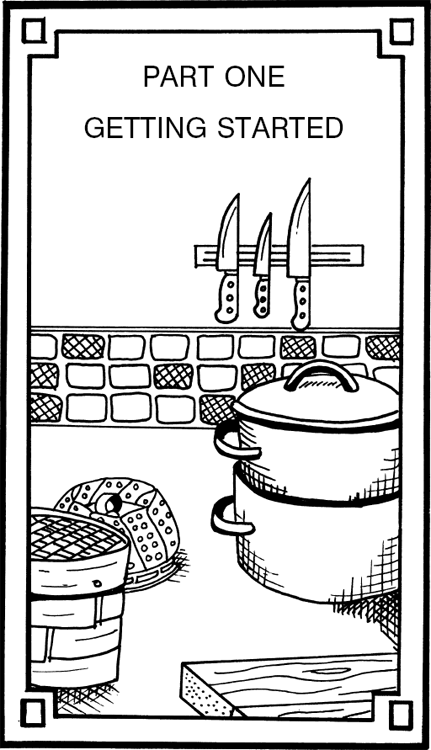
1
AT-A-GLANCE GUIDE TO STEAMERS
Steaming works on the principle that steam is allowed to circulate freely around the food and, to accommodate this, steamers have lots of perforations or slats in their layers or tiers.
Steaming Stand in a Large Pan:
This is the most basic method and one that is ideal for savoury and sweet puddings. The food cooks in a covered dish that sits on a steaming stand in boiling water in a large lidded pan.
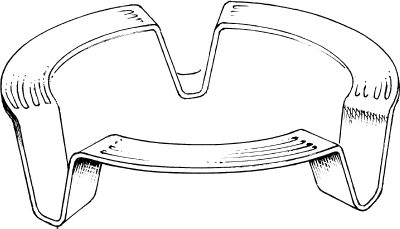
Fig. 1. Steaming stand.
Steaming Baskets
This is an inexpensive way to start enjoying the benefits of steaming by cooking a single layer of food. Probably the most useful type is an expanding perforated metal basket that opens out like the petals of a flower. It is placed in or over a saucepan of boiling liquid and covered with a lid that allows enough space for the steam to circulate around the food.

Fig. 2. Steaming basket.
The second type is a static, colander-type affair, usually made of stainless steel, that fits on top of a saucepan. A universal steamer has a stepped base that enables it to be used on pans of various sizes.
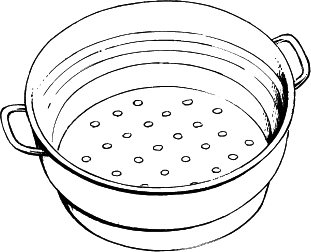

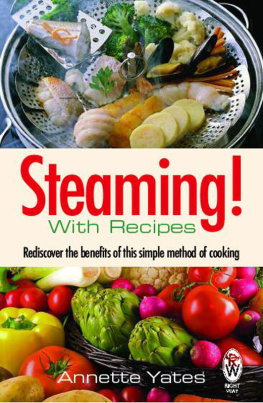
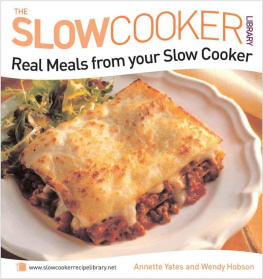
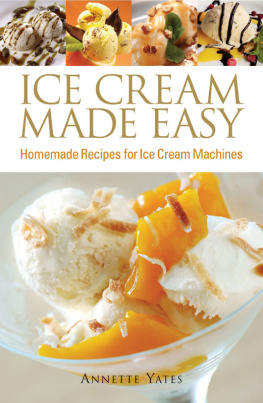
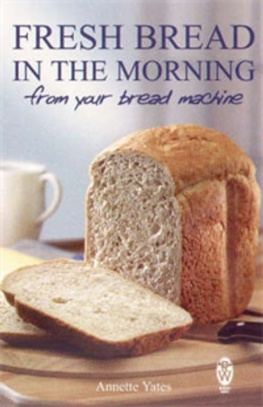
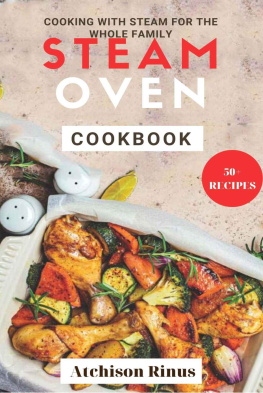


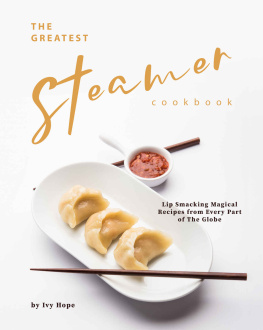
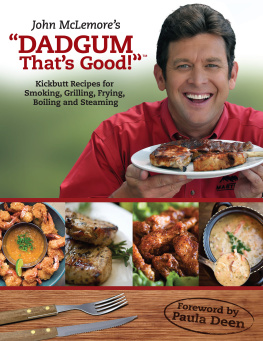
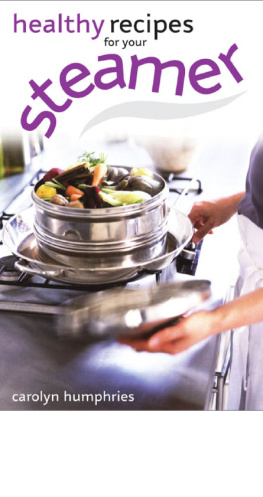
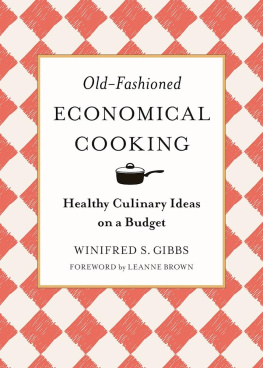
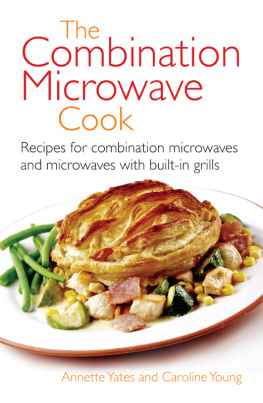


 Students and anyone on a limited budget;
Students and anyone on a limited budget;


